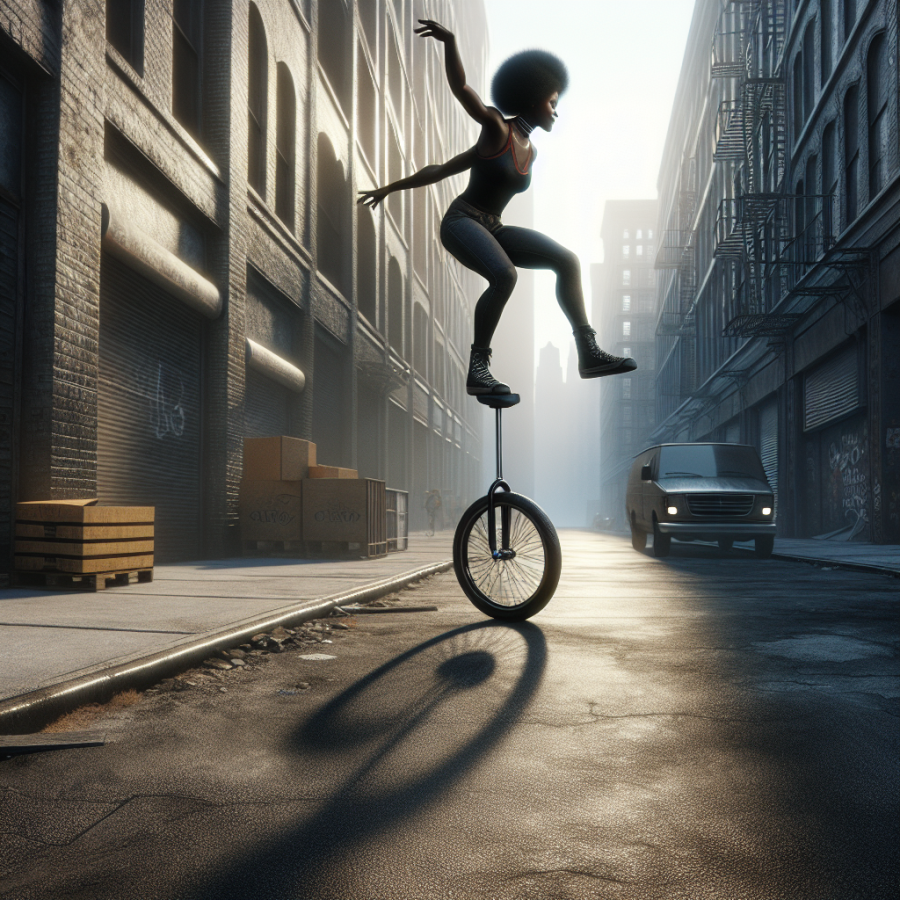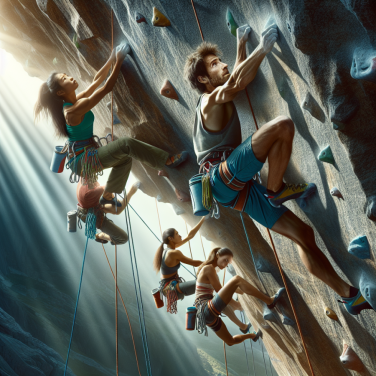One Wheel Revolution: Exploring the Urban Landscape on a Unicycle
The One Wheel Revolution has emerged as a prominent trend within the urban environment, reflecting a distinctive blend of agility, creativity, and the quest for balance. Born from the need to traverse cityscapes in a unique and efficient manner, the practice of street unicycling has transcended the circus stereotype and evolved into a legitimate urban discipline, commanding respect and admiration from onlookers and fellow athletes alike.
Asphalt warriors, armed with nothing but a wheel and their determination, are redefining the way we perceive and interact with city architecture. These riders view staircases, railings, and ledges not just as components of the urban fabric but as canvases for an athletic form of self-expression. Through their inventive maneuvers, wheel-walking mastery, and gravity-defying drops, street unicyclists turn ordinary commutes into a thrilling spectacle.
At the heart of the street unicycling culture lies a commitment to mastering control and precision. Each movement requires an exacting blend of balance and momentum, with riders developing an expert level of body awareness to perform complex tricks. The delicate dance between rider and wheel has created a community of individuals who not only push the boundaries of the sport but also support one another in the pursuit of progression.
Street unicycling is also indicative of a broader shift in the urban sports narrative, where accessibility and simplicity reign. With minimal gear required—a unicycle and protective equipment—enthusiasts are able to practice and showcase their skills in any urban locale. This democratization has fueled the growth of the discipline and nurtured a scene that is grounded in inclusivity and shared learning experiences.
Furthermore, the environmental footprint of unicycling is minimal, making it an eco-friendly mode of transport and a statement of environmental consciousness in an increasingly sustainability-focused society. By choosing to ride a unicycle, individuals are reducing their reliance on traditional, pollutant transportation methods, contributing to the improvement of urban air quality and fostering a greener landscape.
Crowds are often mesmerized by the audacious stunts that these tireless enthusiasts execute—spinning, hopping, and balancing atop one wheel with the ease of a pedestrian simply taking a stroll. It is this element of astonishment coupled with the pure joy reflected in the faces of the riders that entices new participants to the sport. As the street unicycle culture continues to grow, so does the creativity and diversity of the tricks being performed, encouraging a perpetual cycle of innovation.
Read also:
The Impact of Fielding Blunders on Baseball Outcomes
Pedaling Against the Mainstream: The Emergence of Urban Street Unicycling
Street unicycling, once a niche circus act, has thoroughly reinvented itself as a dynamic urban sport, captivating the younger generation with its blend of athleticism, creativity, and audacity. The adrenaline-inducing activity has managed to carve out a solid presence in cityscapes across the globe, where the urban jungle presents a playground of endless possibilities.
Central to the growth of street unicycling culture is the transformation of public spaces into arenas for self-expression and experimentation. Park benches, stairwells, concrete ledges, and metal handrails, once purely functional elements, are now seen by street unicyclists as the components of an urban obstacle course. The environment poses a challenge, calling these athletes to perform a variety of tricks that require not just an impeccable balance but also a keen spatial awareness and a penchant for innovative movement.
Unicyclists in the urban setting embrace a form of ride-and-trial rhythm where each outing is an opportunity to perfect tricks and develop new ones. It's not uncommon to see a unicyclist repeatedly attempting a line—a sequence of tricks or maneuvers performed in a flow—until satisfaction is achieved. This relentless pursuit of progression showcases a culture grounded in personal growth and community building.
This culture of street unicycling has been further propelled by the rise of social media and video sharing platforms. Unicyclists from different cities and countries share clips of their latest feats, fostering a virtual community that transcends geographical boundaries. These online spaces are not just for showing off new tricks; they also serve as hubs for support, advice, and encouragement. Through video compilations, tutorials, and shared stories, new riders are welcomed, and the community stands stronger together.
The aesthetic of street unicycling is as distinctive as the sport itself. From customized unicycles that reflect the individuality of their riders to the fashion that combines practicality with urban style, riders curate their image with the same attention to detail that they apply to their craft. Helmets and protective gear sit alongside streetwear, merging safety with a contemporary edge that resonates well within the urban environment.
Street unicycling competitions and festivals have also started gaining traction, providing a stage for riders to showcase their skills to a wider audience. These events draw crowds, attract sponsors, and help legitimize the sport in the public eye. From the uninhibited freestyle competitions to the more structured trials and flatland contests, these gatherings are a testament to the sport's multidimensional appeal.




